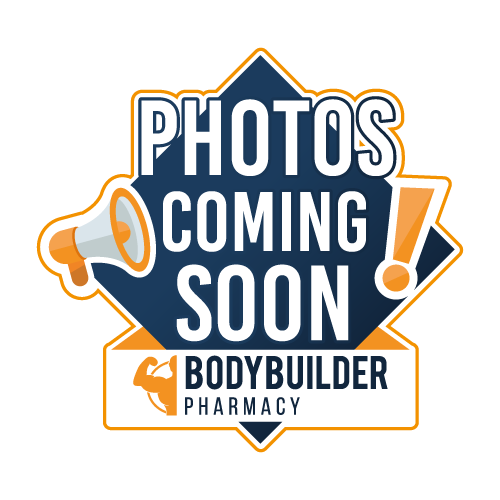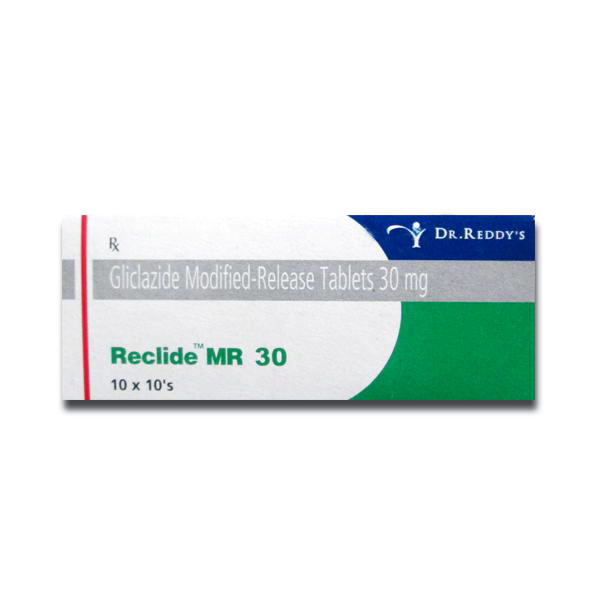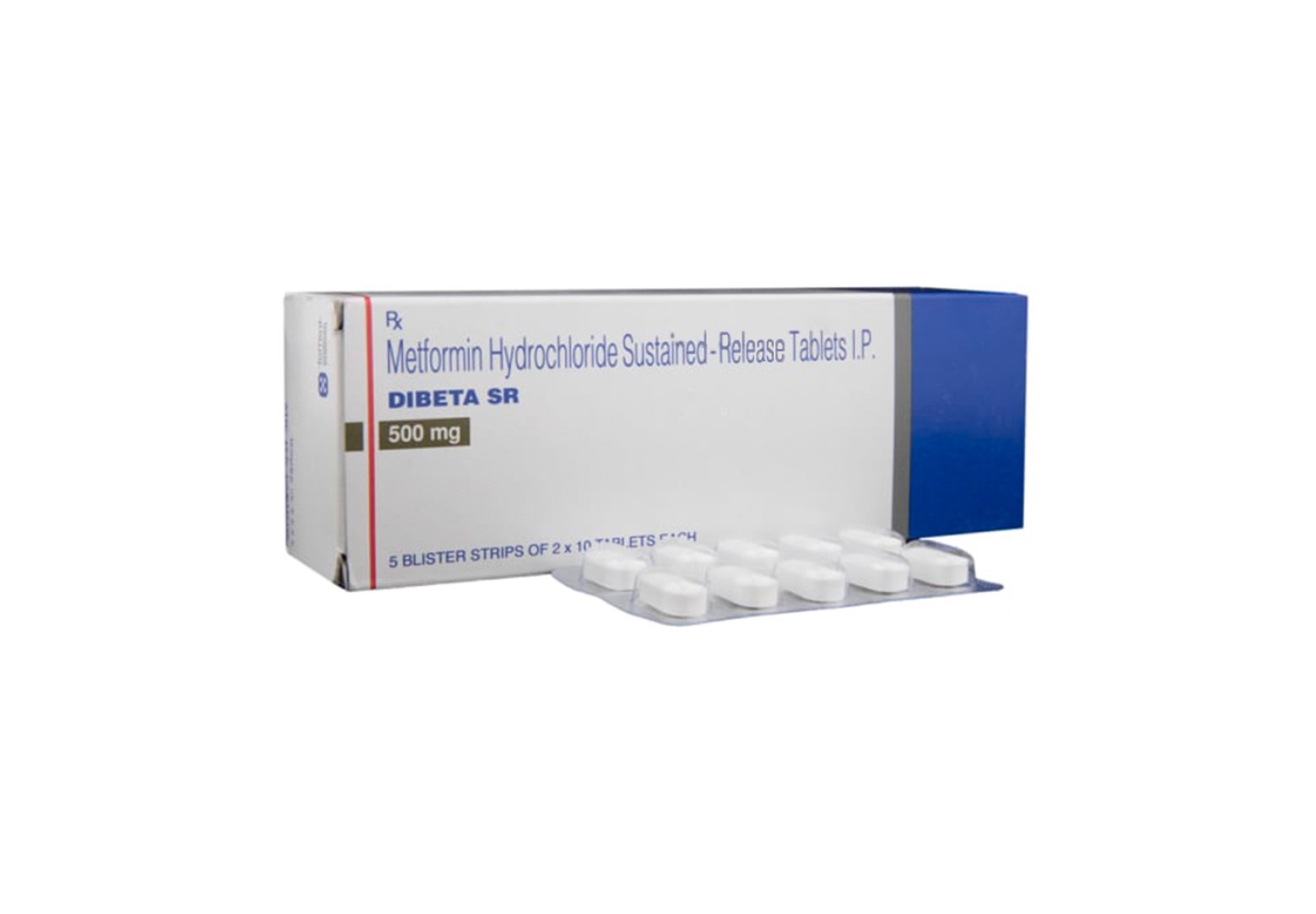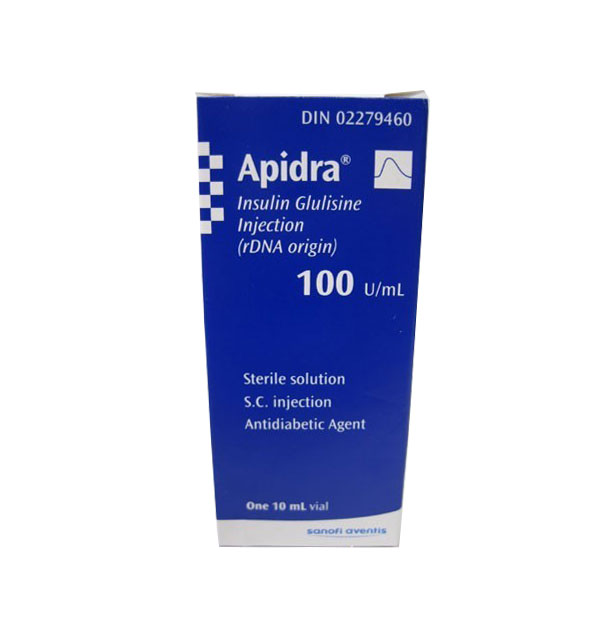Nateglinide Information
What is this drug used for?
• It is used to lower blood sugar in patients with high blood sugar (diabetes).
Possible side effects
Nateglinide may cause side effects. Tell your doctor if any of these symptoms are severe or do not go away:
• Signs of a common cold.
Some side effects can be serious. If you experience any of these symptoms, call your doctor immediately or get emergency medical treatment:
• Signs of an allergic reaction, like rash; hives; itching; red, swollen, blistered, or peeling skin with or without fever; wheezing; tightness in the chest or throat; trouble breathing, swallowing, or talking; unusual hoarseness; or swelling of the mouth, face, lips, tongue, or throat.
• Low blood sugar can happen. The chance may be raised when this drug is used with other drugs for diabetes. Signs may be dizziness, headache, feeling sleepy or weak, shaking, fast heartbeat, confusion, hunger, or sweating. Call your doctor right away if you have any of these signs. Follow what you have been told to do for low blood sugar. This may include taking glucose tablets, liquid glucose, or some fruit juices.
Storage/Stability
Store at 25°C (77°F); excursions are permitted between 15°C and 30°C (59°F and 86°F)
Adverse Reactions
As reported with nateglinide monotherapy:
>10%: Respiratory: Upper respiratory infection (11%)
1% to 10%:
Central nervous system: Dizziness (4%)
Endocrine & metabolic: Hypoglycemia (2%), increased uric acid, weight gain
Neuromuscular & skeletal: Arthropathy (3%)
Respiratory: Flu-like symptoms (4%)
Miscellaneous: Accidental injury (3%)
Postmarketing and/or case reports: Cholestatic hepatitis, hypersensitivity reaction (including pruritus, rash, urticaria), increased liver enzymes, jaundice –






Reviews
There are no reviews yet.